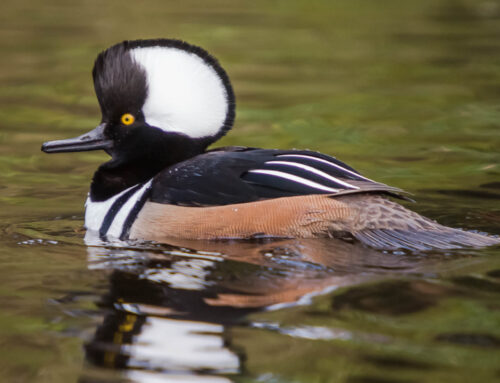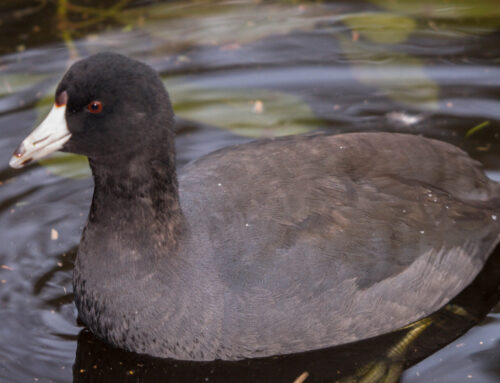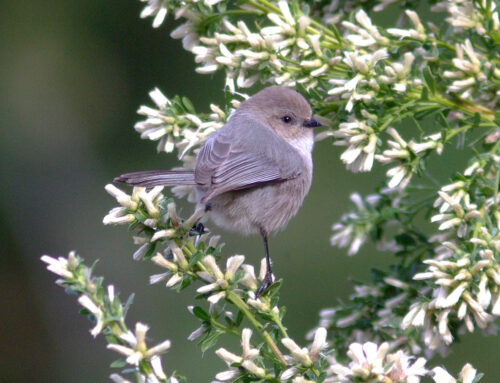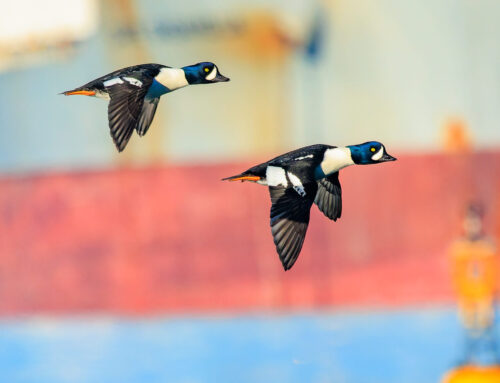Common Name
Glaucous-winged Gull
Species Name
Larus glaucescens

©2017 Michael Schmidt
Appearance
50-59 cm length | 120-143 cm wingspan | 900-1200 g weight
Large white-headed gull with grey primaries (wingtip feathers), about the same shade as the mantle (back feathers). The orbital skin surrounding the eye is pink, and the bill has a red spot (gonys) and is typically large and bulbous in shape. During the breeding season, the adult’s head is bright white. In the fall, they moult into a nonbreeding plumage in which the head has a dark mottled pattern forming a “hood”.
As with many large gull species, Glaucous-winged Gull takes 4 years to reach adulthood. Only the first set of true feathers as they leave the nest is properly known as juvenile. In the following years gulls undergo two moults a year, one complete and incomplete (the wings and tail are retained for a year) until they reach maturity.
Habitat / Behaviour
Omnivore | Coastal shorelines, fields, and open country | Year-round in Vancouver | Lives up to 37 years
The Glaucous-winged Gull occupies a wide variety of habitats, primarily surrounding coastlines in marine intertidal zones to open fields and urban environments.
Gulls are opportunistic and omnivorous. They largely feed on marine animals, from fish to various invertebrates such as molluscs and crustaceans. They also take on various anthropogenic food sources such as human food and garbage. Gulls will also predate on small birds and eggs including those of their own species.
They catch food through a variety of methods. Paddling involves stomping their feet on grass or mud to flush out earthworms and other small animals from underground. Plunge diving is employed to catch fish underwater, but due to their buoyancy they can only go as deep as 1 metre! Thus, they take advantage of large fish runs where diving birds and marine mammals are also foraging from below. Gulls will also drop hard-shelled invertebrates to crack them open – but not every individual seem to recognize having to drop their items onto harder surfaces!
For maintain their territories and courtship, gulls utilize a variety of vocal and visual displays. The long call is a rapid chatter of repeated notes used to establish territory and fend off intruders. The mew call consists of a long drawn-out note often described as “plaintive” and is often used by one individual of a pair to recruit its mate to join them. In the choking display, gulls crouch down on the ground and hold down their tongue bone such that their throat looks puffed up – they utter a chattering call which alternates with a repeated hooting sound. This is used during boundary disputes, but also by pairs seeking nesting sites within their territories. Grass-pulling – the plucking of grasses and other plant matter, may look like the process of gathering nesting material, but it is another form of aggression – it is a form of bluffing by males towards rivals during a territorial dispute – “I will tear you apart like a blade of grass!”
Breeding
Monogamous | cliff and colony nester | 3 dark spotted eggs | 1 brood per year
Gulls are strongly monogamous and members of a pair can recognize each other readily. Large populations of Glaucous-winged gulls breed in island colonies off coastal BC, but many birds also nest in urban settings such as the rooftops of tall buildings. Gulls start arriving at their breeding grounds in Februar tion is another common cause of mortality. In subsequent years the survival rate increases dramatically. The oldest known Glaucous-winged Gull was over 37 years old when its band was recovered after it died – it had hatched in 1966 on Mitlenach Island (one of the largest gull colonies in BC). y, but usually don’t nest until April. Males advertise their breeding territories in April and May. Unpaired and nonbreeding birds, mostly immatures, form “clubs” where they seek mates.
Pairs establish their bond through a series of displays. Head-tossing is used by the female to beg for food from the male, while the male uses the same display to initiate mating. Interestingly, this display is derived from a begging display as a juvenile.
Gulls almost always lay 3 eggs – both parents have 3 brood patches to accommodate this clutch which is incubated for approximately 27 days. Chicks are born semi-precocial – they are able to walk around on their own and have fluffy down to keep warm, but must be fed regularly before they can fly away from their nest. Studies have shown that the red bill spot on the adult is a visual cue the chicks peck on to beg for food. Chicks may be fed between 5-8 days a week until they fledge the nest at 6 weeks old, ready to fly. Even after this period, they may still stick with their parents for a few weeks or even months.






